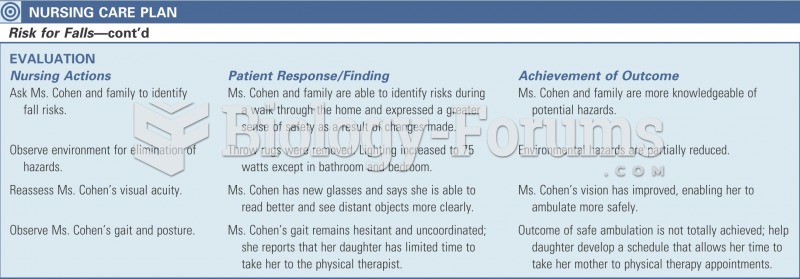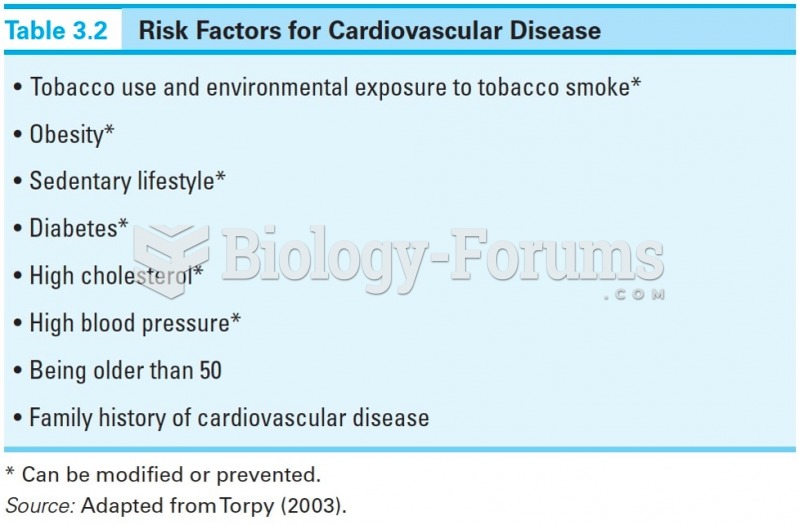|
|
|
Did you know?
More than 2,500 barbiturates have been synthesized. At the height of their popularity, about 50 were marketed for human use.
Did you know?
By definition, when a medication is administered intravenously, its bioavailability is 100%.
Did you know?
Blood is approximately twice as thick as water because of the cells and other components found in it.
Did you know?
After a vasectomy, it takes about 12 ejaculations to clear out sperm that were already beyond the blocked area.
Did you know?
Green tea is able to stop the scent of garlic or onion from causing bad breath.







